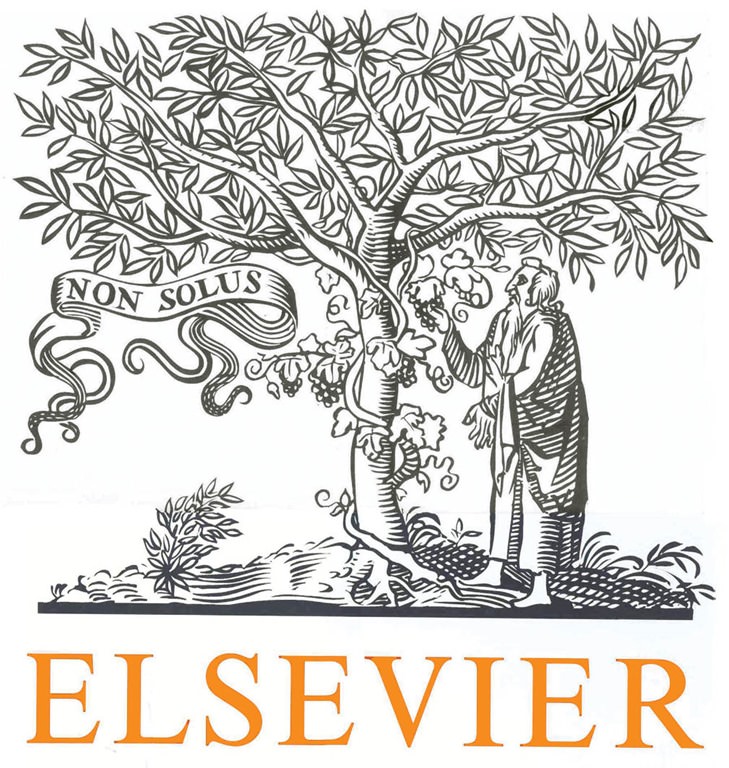Abstract
This study investigates equilibrium between green and non-green product types under different government intervention schemas. To this end, we establish production competition models of a set of green and non-green supply chains (GSCs and NGSCs, respectively). GSCs and NGSCs are two-echelon supply chains (SCs) that present green and non-green types of a product to a market, respectively. We consider two schemas of governmental intervention: direct tariffs (DTs) and tradable permits (TPs), both with and without baselines. This research seeks to evaluate how the GSCs and NGSCs respond to the DT or TP schemas. To establish the best SC response strategies, we formulate three-level non-linear programming problems for four possible governmental intervention scenarios. We find that this problem is multidimensional with different system stakeholders including the government, SCs, consumers, and the environment. In fact, different schemas result in different satisfaction levels of stakeholders. Thus, an appropriate schema can be selected by considering corresponding effects on the stakeholders. The comprehensive evaluation of a case study on residential building construction SCs yields significant managerial insights.








